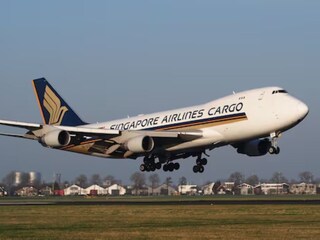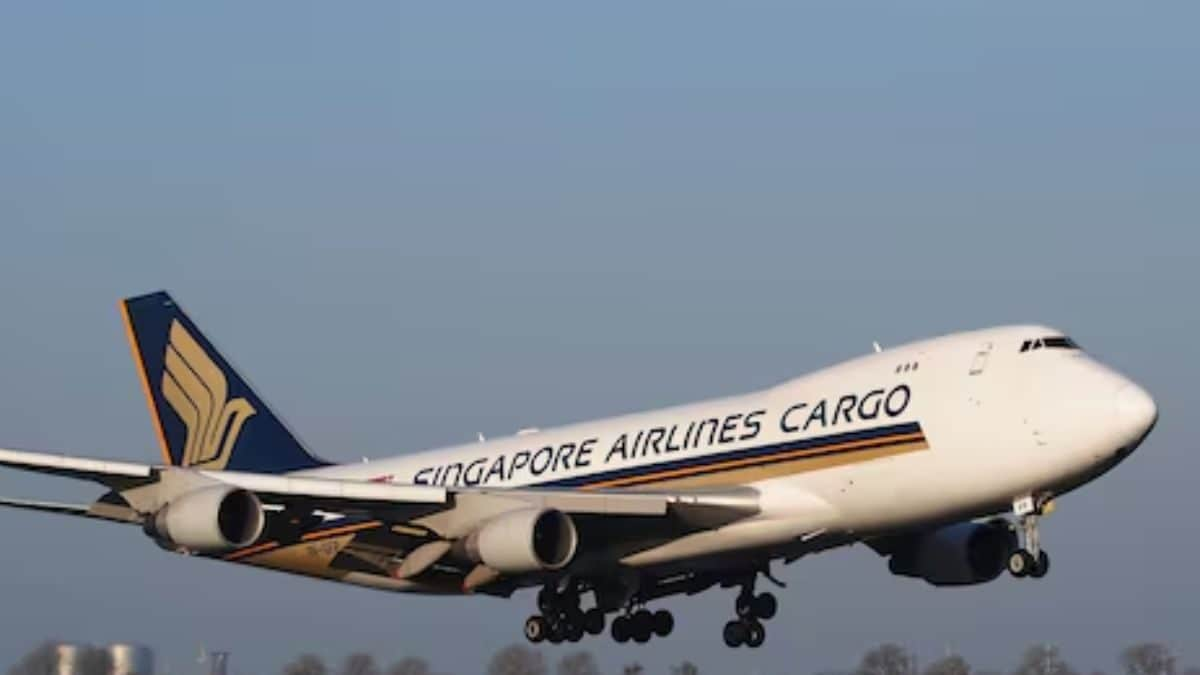According to one projection, domestic passenger traffic is likely to rise to 160 million in 2024 and 350 million by 2030 with banks looking at lending on a long-term basis
In a positive development in the Indian aviation industry, the Inter Globe Aviation, operator of low-cost airline IndiGo, has most recently reported a profit of `3,091 crore for the quarter ended June 2023, as compared to a net loss of `1,064 crore in the same period a year ago.
The success of IndiGo is attributable to strong operational performance and the highest number of quarterly passengers leading revenue jump of almost 30% on a year-on-year basis to `16,683 crore. A year-ago period this carrier had reported a top line of `12,855 crore by providing scheduled services to 78 domestic destinations, 22 international destinations along 37 additional international destinations.
Given its operational stronghold, IndiGo is now looking at floating a venture capital fund that will invest in early-stage companies in the aviation and allied sectors, including travel, lifestyle, hospitality and transportation. This airline carrier will be with acquiring more assets like aircraft engines to make better use of its cash flows, enough to light up the mood of the markets.
Not just for IndiGo, the entire aviation industry now set to churn in new records in the aviation sphere. New tranches of funds are flowing in too. The Reserve Bank of India has published that the outstanding credit to the Indian aviation sector has risen by around 50% in recent times compared to a year earlier. This not only suggests a greater buoyancy in the sector but also increasing liking of the banks to fund them.
According to one projection, India’s domestic passenger traffic is likely to rise to 160 million in 2024 and 350 million by 2030 with banks majorly looking at lending on a long-term basis. In 2013-14, there were six crore passengers; now the airlines are carrying about 14.5 crore passengers annually. During the pre-COVID times, our high was just about 420,000 passengers a day while in the non-peak season this year, we crossed 460,000 on a single day. This indicates a new demand surge in the sector. By 2040, Indian aviation is predicted to accommodate 400 million additional air passenger journeys compared to the present travellers.
The fleet size of aircraft in India grew from sub-400 about 10 years ago to about 700 now. With such advancing demand in the civil aviation industry in India, several new airport developments are underway across the corners of the country. The government has now planned to have 230-240 airports by 2030, including for heliports and water aerodromes, up from 148 (131 operational) airports at present. India is also set to issue a record number of commercial pilot licences (CPLs) in 2023, surpassing the figure from 2022.
The Directorate General of Civil Aviation (DGCA) in 2023 has issued 1,135 CPLs, which is the highest for any year. This figure comprises both certifications for domestically trained cadets and licence conversions for those trained abroad.
Continuing to augment the airport infrastructure, the government aims to develop 100 airports by 2024 under the UDAN scheme. India expects to invest US $1.83 billion in the development of airport infrastructure by the year 2026 as well as expanded capacity for metro airports which would be able to accommodate the growing number of planes. Last month the country’s largest airport, Indira Gandhi International (IGI) Airport in New Delhi achieved a significant milestone by launching dual elevated Eastern Cross Taxiways and the fourth runway. This airport currently handles more than 1,500 aircraft movements daily, and is the first to have four runways and an elevated taxiway.
According to IATA’s projections, the aviation industry is expected to grow at a CAGR of 5.8% for the next two decades. These numbers will help airline carriers develop new routes from tier II and III cities within the country as well as expand internationally. The new investments will provide a fillip to the entire value chain of the aviation industry as to the government and private sector airport developers are planning to infuse an investment close to `75,000 crore over the next decade.
The month of July 2023 marked the fifth straight month when domestic air traffic surpassed pre-COVID levels with the carriers like IndiGo, Air India, Vistara, AirAsia India and Akasa Air increasing their respective market share. In anticipation of growth, Air India has indicated to buy 470 Boeing and Airbus planes, while IndiGo ordered 500 Airbus aircraft this year taking its outstanding order book to about 1,330 in the past 12 years. This led to the establishment a new record for the single largest purchase agreement in commercial aviation.
The aviation sector currently forms close to 10% of India’s GDP and this composition will grow rapidly. At this rate of expansion, thousands of new employees will be needed to support the aviation industry. However, this growth will not be enough to bring India anywhere close to the developed markets. India has roughly 1000 jets flying while a single operator in the U.S. and China has that many aeroplanes in their single fleet. American Airlines alone for instance has a fleet of 1,500 planes, while the total commercial aircraft in the U.S. are estimated at 7,000.
The number of passengers travelling by air in India is extremely low compared to other modes of transport. The rough estimates suggest that hardly 3% of the Indian population travel by air compared to 45% in the U.S. Such comparisons hint about the type of growth in the sector, India could achieve in the future if the policymakers address few concerns.
The prime issue to be addressed in the aviation sector are fears about it turning to be into a duopoly market. IndiGo and Air India have proven to be established players, while newer airlines have all but exited the aviation market owing to the predatory pricing practices.
The emerging duopoly together commands a 71% share of the aviation market, and has meant the highest surge in airfare by 25%-30% in last couple of months to cover their past losses. Such tariff hikes amount to predatory pricing and has largely remained unaddressed by the government. The practice of airlines offering substantial discounts to attract customers has led to reduced competition and an unjustifiable surge in air ticket prices during periods of low demand. To address this concern, the ministry of aviation needs to encourage more private players and discourage market concentration.
The next challenge of the government is to create a pool of skilled talent in the economy for the industry to draw their HR pool. The aviation industry is experiencing a surge in demand for new workforce, with airlines, regulatory bodies, ATC, and airport operators all looking to hire. Companies like Air India, Air India Express, and Akasa Air are among the airlines actively hiring, with plans to recruit hundreds or even thousands of new employees in the coming years. The aviation ministry and the DGCA are also increasing their workforce to meet the demands of monitoring the growing fleet and expanding airports in the country.
The current trend indicates better days for the Indian aviation ahead. The banking industry has risen to the occasion and is now ready to lend. More number of customers are willing to travel guaranteeing the surge in demand, and the airline carriers are ready to gain the resource strength. The problem however is whether the economy will be able to create a pool of manpower for the aviation industry to take off the desired flight?
(Prof. (Dr.) Manoj S. Kamat is Post Doctoral Fellow (Economic Policy) and PhD. (Finance) from IIT Bombay, and serves as Professor and Principal of Dempo Charities Trust’s SS Dempo College of Commerce & Economics at Cujira-Bambolim.)







0 Comments